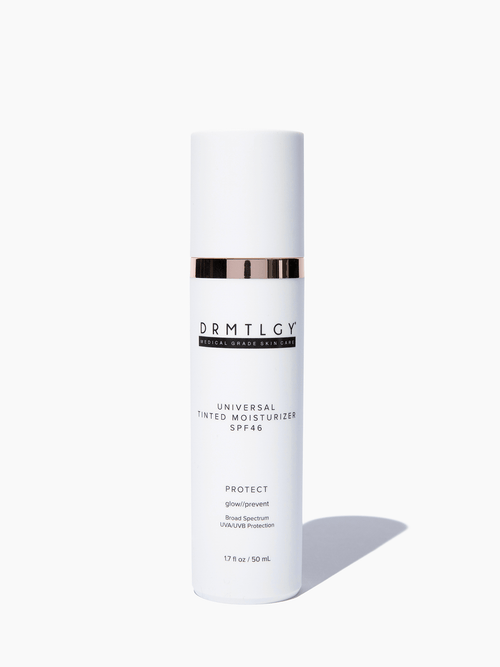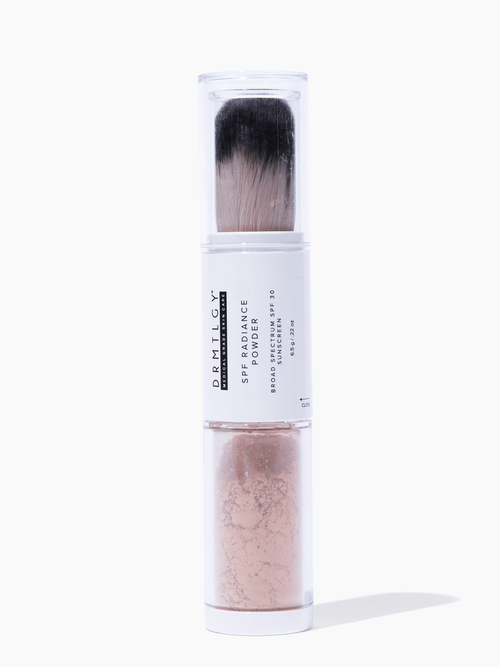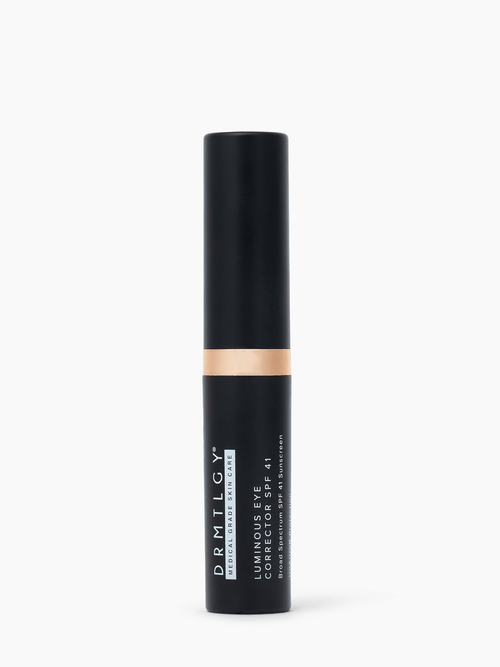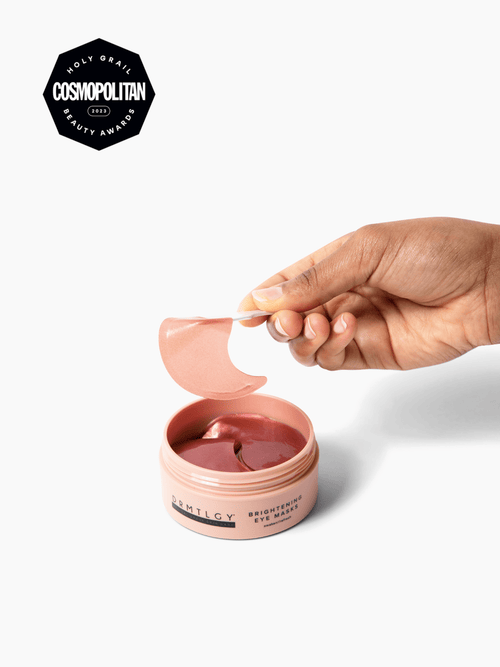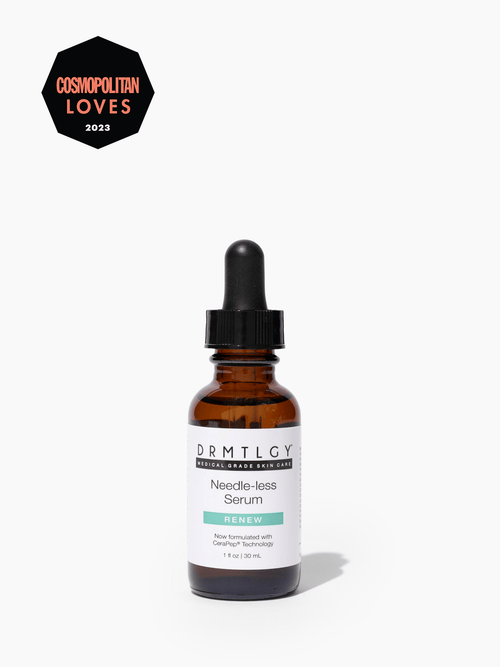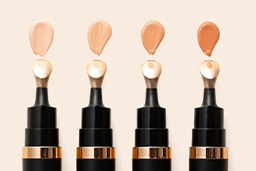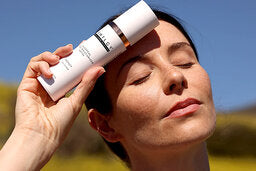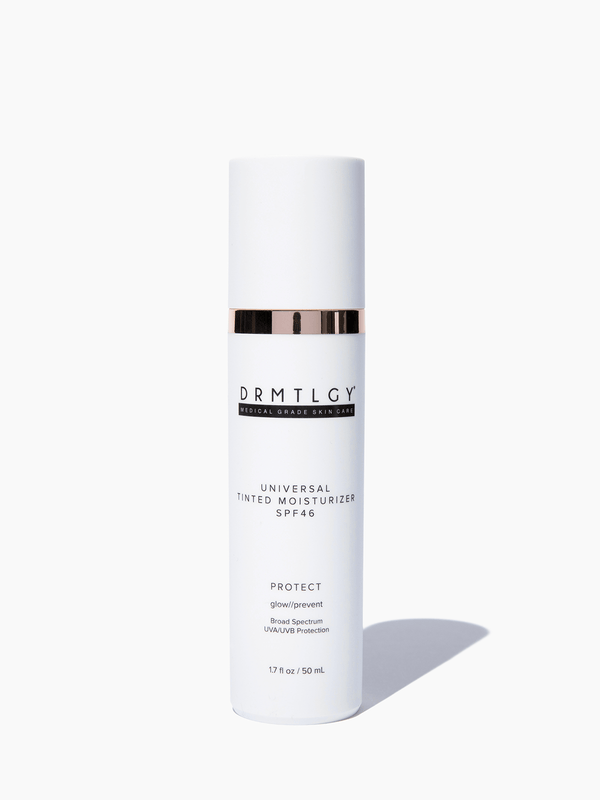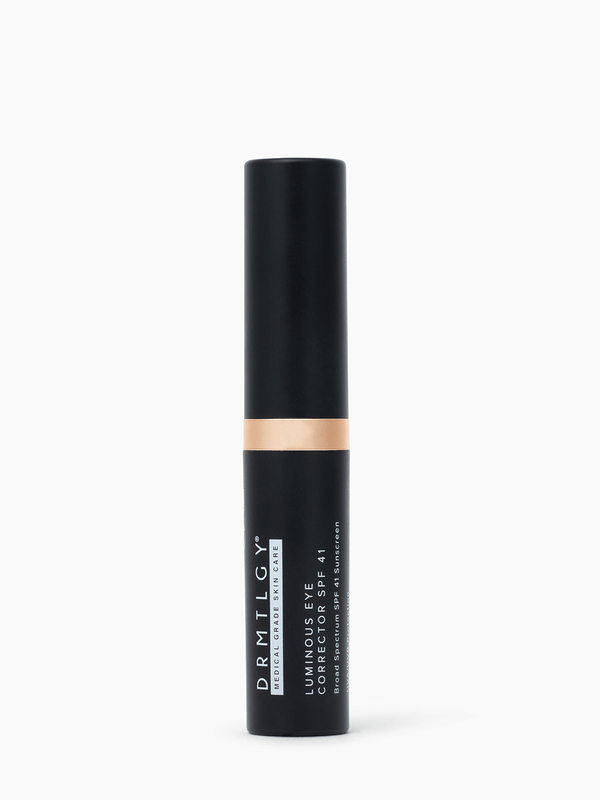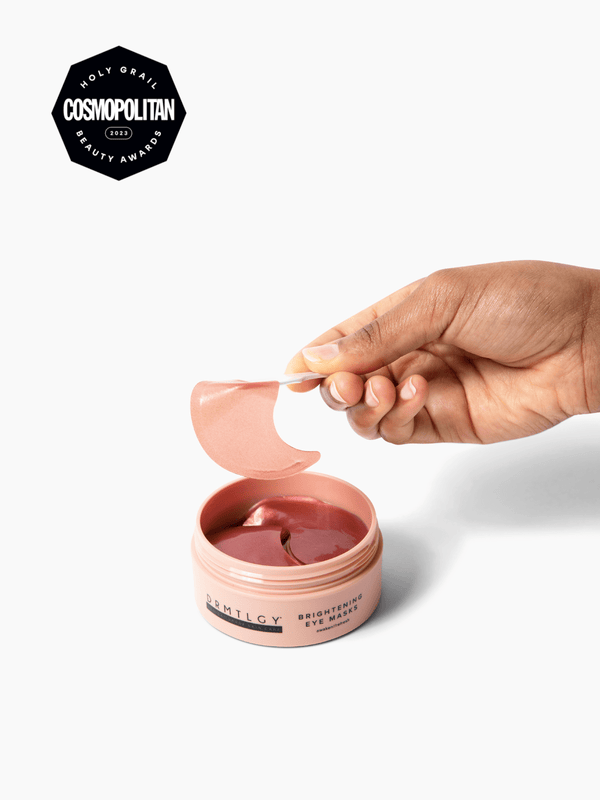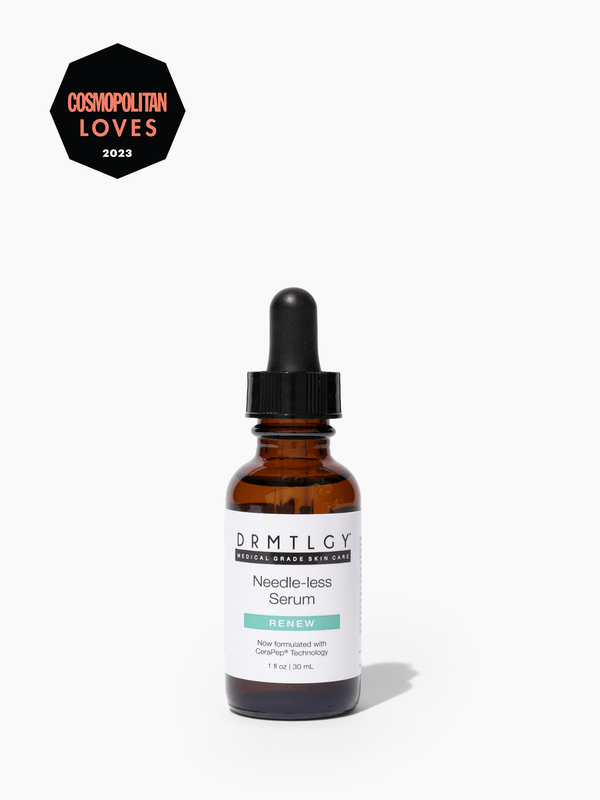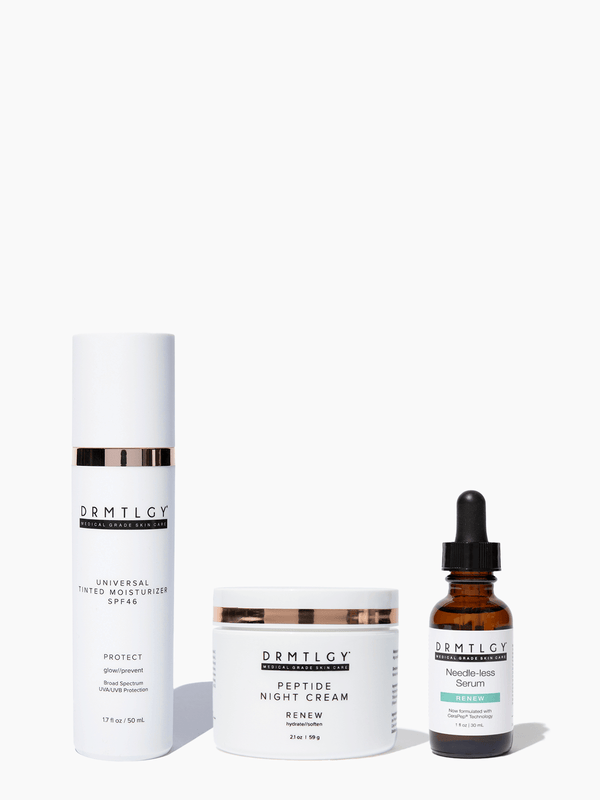Chances are, you're no chemist -- but as a skincare aficionado, sometimes it feels like we need a science degree or two to make sense of the products we buy.
This is especially the case when it comes to comparing skincare ingredient lists. If only there was a better way to make sure our products don't actually hurt us…
Well, we've heard your concerns and we're putting them to rest. Read on to learn the truth about combining niacinamide and vitamin C in your skincare routine.
Can You Use Vitamin C and Niacinamide Together?
You might've heard one (or a few) things about this seemingly-harmful combination, thanks to the huge amount of information on the internet.
One of the most popular ideas out there is that combining the two creates a substance called nicotinic acid (AKA niacin), which can cause flushing and irritated skin.
On the other side of the spectrum is a completely different idea: that using vitamin C and niacinamide together neutralizes the effects of both, making them practically worthless in your skincare routine.
To support this second theory, some even go so far as to point to vitamin C's notoriety as an extremely fussy ingredient. Its instability makes it hard to formulate with, which is why some vitamin C products are more expensive than other ones in a brand's skincare line.
But should you actually be concerned about these issues?
The Truth About These Skincare Ingredients
Using these ingredients together isn't just doable -- it's actually encouraged, thanks to the harmonious benefits they offer. So where did these myths come from?
Well, the information was based on original research done in the 1960s. This study was done in a laboratory under specific circumstances though, so it doesn't actually reflect how real skincare users apply actual products.The experiment in question showed that combining these two ingredients would produce niacin. The problem? The study used unstable forms of both substances (which aren't typically seen in skincare) and heated them to extremely high temperatures for a long time (again, not usually seen in skincare).
In fact, another study showed that you can actually heat niacinamide up to 240 degrees Fahrenheit without seeing any negative side effects. So no, leaving your skincare packages by your front door or in your car during the summer won't actually hurt you. Although keeping your skin care products at room temperature is encouraged to keep the formulation active.
Plus, vitamin C is one of the most plentiful antioxidants in the body. If these myths were true, our skin would either get irritated every time we applied niacinamide or see no improvement at all… and that's clearly not the case.
Although the study proved it is possible to create niacin under certain circumstances, the results were based on a situation with very specific requirements -- one that most skincare users won't ever experience.
Here's Why This Power Couple Deserves a Spot in Your Routine
These two ingredients attack similar skin issues but in different ways -- giving you double the ammunition against some of your most pressing skin concerns.
Niacinamide, a form of vitamin B3, offers so many benefits for your skin. That, combined with its stability as a skincare ingredient, explains why it's used in so many of your favorite products (including our Needle-Less Serum). It supports your skin's natural barrier and hydration levels, visibly plumps skin to reduce the appearance of fine lines and pores, visibly brightens your skin tone, and can even help with the appearance of hyperpigmentation.
It's also impressive as an anti-inflammatory ingredient, which makes it great for those with acne and other inflammatory skin issues, as well as a powerful antioxidant that can stand toe to toe with retinol and vitamin C. Basically, whatever your skin concerns are, niacinamide can probably help with them.
Vitamin C, on the other hand, is probably one of the most well-known antioxidants in skincare. In addition to neutralizing free radicals before they damage your skin cells, this ingredient refreshes your skin for a more youthful appearance, and fades the appearance of dark spots.
You'll sometimes see it formulated with vitamin E and ferulic acid, like in our own Vitamin C E & F serum, which boosts the overall product's effectiveness and stability.
By now, you might have noticed that these two offer similar benefits. So if you're looking to fight a specific skin concern with one of these ingredients, chances are you'll see an even bigger impact when you combine the two.
How to Make the Most of This Skincare Combination
Niacinamide works best at a neutral pH, while vitamin C does better in an acidic environment. This means that, to get the greatest effects with this combo, you want to layer one over the other rather than mix them together.
When it comes to the order, this rule of thumb about skincare layering helps to keep things simple: Apply from thinnest to thickest.
Essentially, this means using the consistency and thickness of each product as a guide.
What this looks like in action: Lighter toners and serums, especially water-based ones, go first. Thicker gels go after, followed by even heavier oil-based moisturizers or creams. Oils, if you use them, go on top of everything else.
Not only does this ensure that each product is used most effectively, it also reduces the chances of them pilling up during your regimen. This also means that you don't have to consult an expert every time you make a change to your skincare lineup.
But if you're still worried about any side effects of these two products, apply them on alternate days or use one in the morning and the other at night. If you decide to go with the latter option, using vitamin C during the day gives you the added bonus of extra free radical protection (followed by your daily sunscreen, of course!).
A Note About Storing Your Skincare Products
Even though the science shows you can probably leave these two ingredients in the heat without having to worry about an extra dose of niacin, that doesn't mean you should carelessly store them any which way.
Like any other skincare product, you still want to keep them as close to room temperature as possible and reduce their exposure to sunlight, heat, and air. Many skincare ingredients -- and vitamin C especially -- are still sensitive to these environmental changes and can lose their effectiveness as a result.
Plus, you're (hopefully) buying these products for a purpose in mind. Wouldn't you want them to do the job they're intended for?
Consider This Skincare Myth Debunked
Go ahead and combine these ingredients without any lingering guilt -- many studies have shown that you actually can use niacinamide and vitamin C together with no harmful effects. In fact, it's better if you do, thanks to the benefits they offer separately and together.
And if you're wondering if any of your skincare products may not play nice with others, don't worry. Check out our blog post on some other ingredient combinations to look out for, or ask our skincare experts for free personalized advice today!
References
Journal of Pharmaceutical Sciences, October 1963, Volume 52, Issue 10, pages 941-945
Indian Dermatology Online Journal, April 2013, Volume 4, Issue 2, pages 143-146
Journal of Pharmaceutical Sciences, July 1962, Volume 51, Issue 7, pages 655-661
Journal of Cosmetic Dermatology, April 2004, Volume 3, Issue 2, pages 88-93
International Journal of Dermatology, June 1995, Volume 34, Issue 6, pages 434-437
Clinics in Dermatology, September-October 2009, Volume 27, Issue 5, pages 469-474
